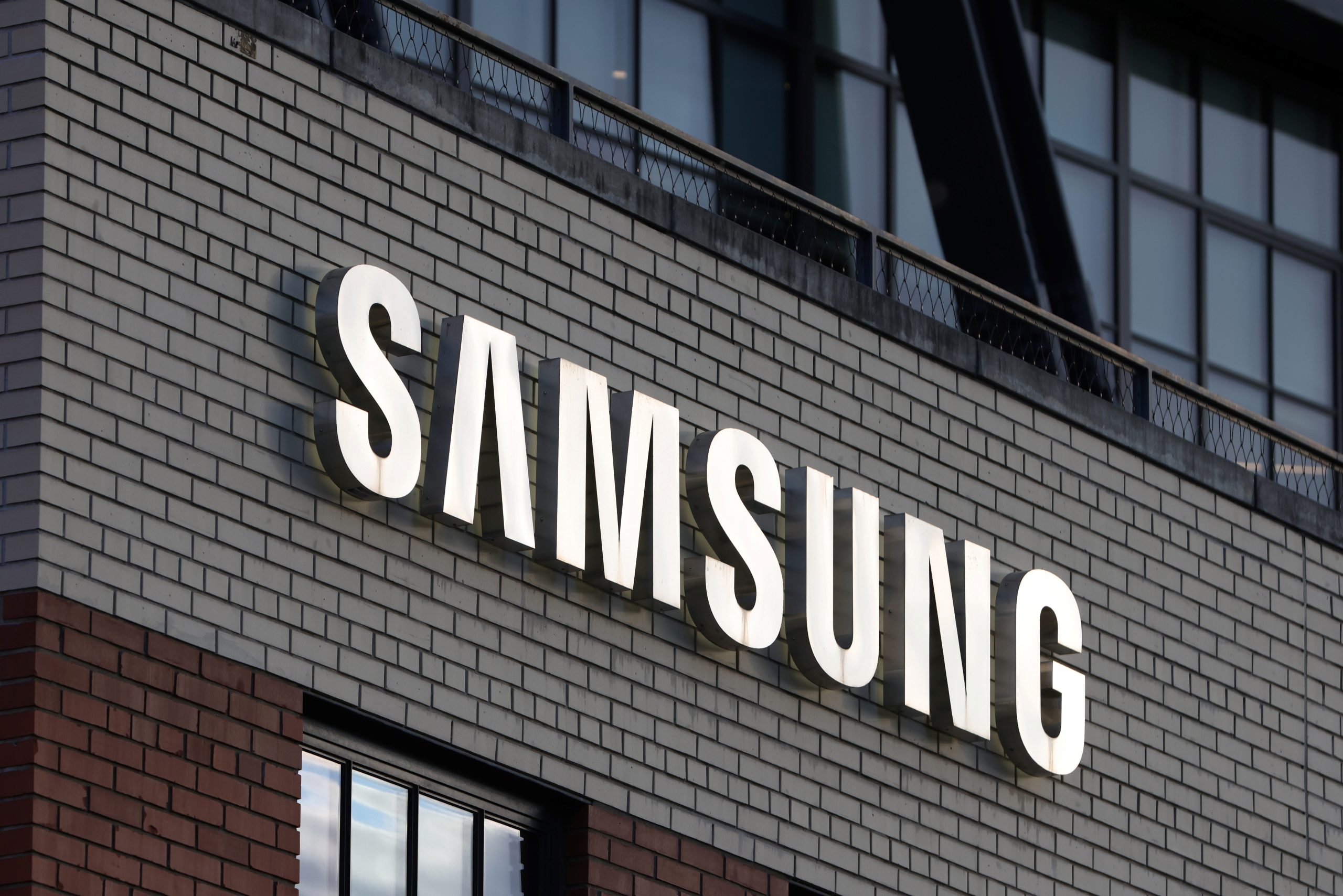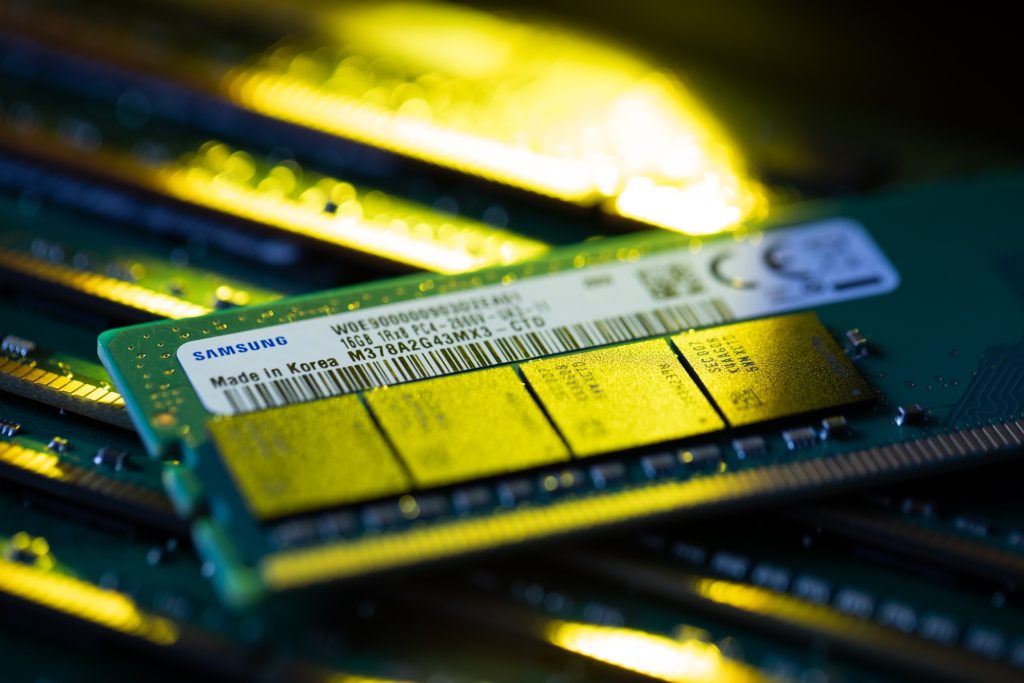- 31 October 2023
- 550
Samsung Anticipates the End of the Prolonged Memory Chip Slump in 2024

Introduction:
The memory chip industry has experienced a prolonged slump, characterized by oversupply, declining prices, and reduced demand. However, Samsung, one of the key players in the semiconductor market, offers a glimmer of hope by forecasting the end of this challenging period in 2024. In this article, we delve into the reasons behind the slump, examine Samsung’s outlook for recovery, and discuss the potential implications for the semiconductor industry.
Reasons for the Memory Chip Slump:
-
Oversupply: The memory chip market has been grappling with oversupply, driven by increased production capacity and weaker-than-expected demand. This oversupply has led to a surplus of chips in the market, putting downward pressure on prices and impacting the profitability of chip manufacturers.
-
Declining Prices: The oversupply situation, coupled with intense competition, has resulted in a decline in memory chip prices. As prices continue to fall, manufacturers face challenges in maintaining profitability and sustaining investments in research and development.
-
Reduced Demand: The global economic slowdown, trade tensions, and the impact of the COVID-19 pandemic have contributed to reduced demand for memory chips. The slowdown in smartphone sales, a key consumer of memory chips, has further exacerbated the slump.
Samsung’s Outlook for Recovery:
-
Technological Advancements: Samsung anticipates that technological advancements, such as the adoption of 5G, artificial intelligence, and the Internet of Things (IoT), will drive increased demand for memory chips. These emerging technologies require higher memory capacities, which could stimulate demand and support the recovery of the memory chip market.
-
Supply-Demand Balance: Samsung expects the memory chip market to gradually achieve a better supply-demand balance as manufacturers adjust their production capacities and align them with market needs. This rebalancing could help stabilize prices and improve profitability for chip manufacturers.
-
Industry Consolidation: Samsung foresees industry consolidation as a potential catalyst for recovery. Mergers, acquisitions, and partnerships among chip manufacturers could lead to a more streamlined and efficient market, reducing oversupply and enhancing pricing power.
Implications for the Semiconductor Market:
-
Market Recovery: The anticipated end of the memory chip slump in 2024 could signal a broader recovery in the semiconductor market. As memory chip prices stabilize and demand picks up, it could have a positive ripple effect on other segments of the semiconductor industry.
-
Technological Advancements: The increasing demand for memory chips driven by emerging technologies presents opportunities for semiconductor companies to innovate and develop advanced chip solutions. This could lead to new revenue streams and growth opportunities for the industry.
-
Competitive Landscape: The recovery of the memory chip market may reshape the competitive landscape, with companies that successfully navigate the slump positioned for growth. Market leaders like Samsung could gain a competitive advantage, while smaller players may face challenges in catching up.

Conclusion:
Samsung’s optimistic outlook for the end of the memory chip slump in 2024 brings hope to the semiconductor industry. Factors such as technological advancements, supply-demand rebalancing, and industry consolidation are expected to contribute to the recovery. As the memory chip market stabilizes, it could have a positive impact on the broader semiconductor market, opening up opportunities for innovation and growth. However, it is important to closely monitor market dynamics and industry developments to assess the progress and potential challenges on the path to recovery.
Visual Table:
| Key Points | Implications |
|---|---|
| Challenges in the Memory Chip Market | Difficulties Faced by the Memory Chip Industry |
| Samsung’s Positive Outlook | Factors Driving Optimism for a 2024 Turnaround |
| Forces Influencing the Chip Industry | Key Factors Contributing to the Market’s Recovery |
| Role of Innovation in Reshaping the Industry | How Technological Advances May Drive the Turnaround |
| Factors Driving Increased Chip Usage | Evolving Demand Patterns and Their Impact on the Market |
| Samsung’s Strategies for the Revived Market | Approaches and Strategies in a Recovering Memory Chip Industry |
| Long-Term Prospects and Potential Growth | Speculation on the Trajectory Beyond 2024 |
Organic Keyword Usage:
- Samsung, memory chip market, market dynamics, technological advances, global demand shifts, competitive landscape, industry growth.

